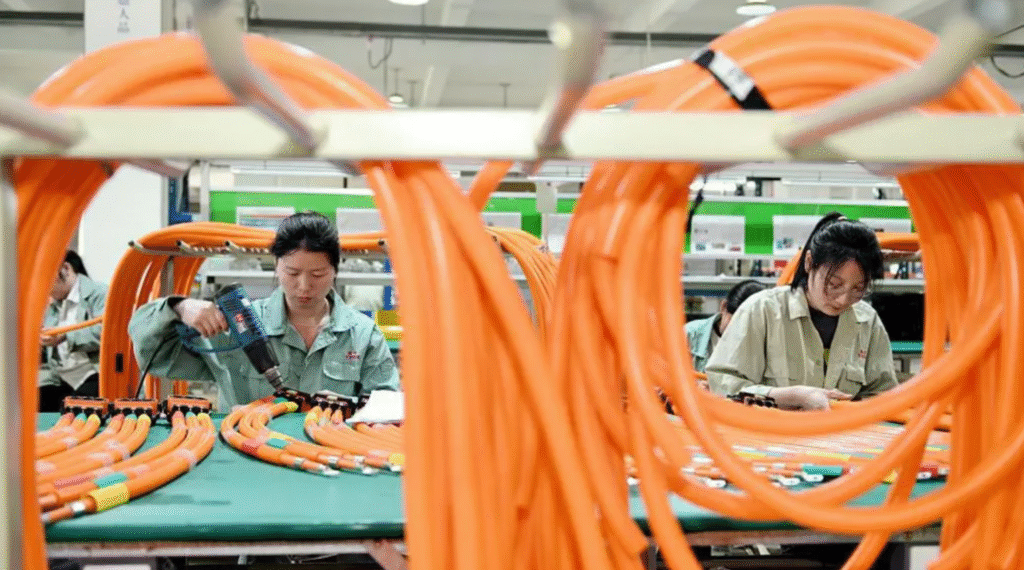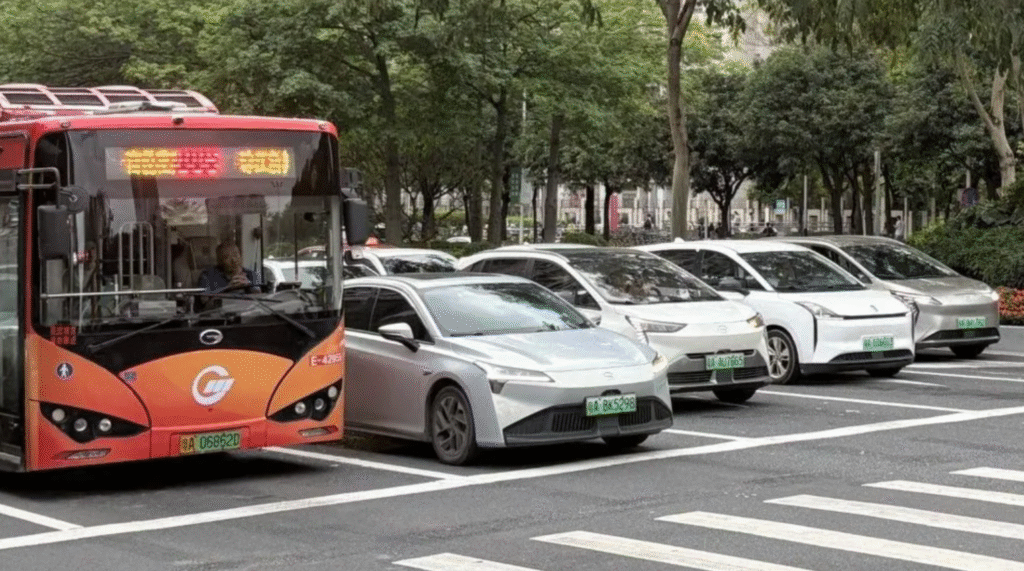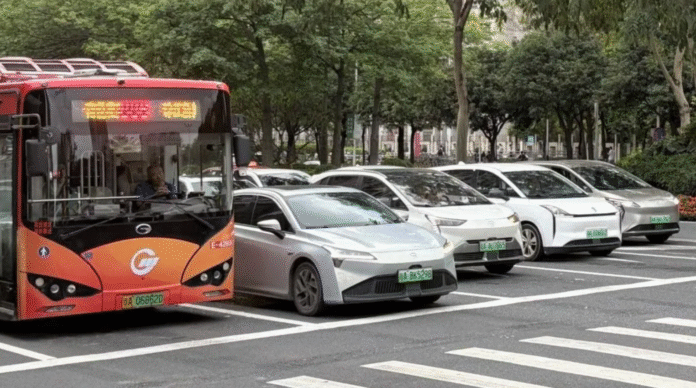China electric vehicle boom is no longer just a regional phenomenon, it is shaping the future of global transportation. Once known as the “kingdom of bicycles,” China has reinvented itself into the world’s largest and most innovative electric vehicle (EV) market. From state-backed policies to groundbreaking innovations, the country has not only surpassed global rivals like Tesla but also positioned itself as the driving force of the EV revolution.
In this article, we’ll explore how China achieved this transformation, China electric vehicle boom, why millions of drivers are switching to EVs, and what it means for the future of mobility worldwide.
The Everyday Choice: Why Drivers Pick EVs in China
For millions of ordinary Chinese citizens, electric vehicles aren’t a luxury, they’re a necessity.
Lu Yunfeng, a private hire driver in Guangzhou, explains:
“I drive an electric vehicle because it saves me money.”
Fuel costs in China make traditional petrol cars far more expensive to run compared to EVs. Drivers like Lu save up to 75% on fuel expenses by switching. For many, this financial relief is even more important than the environmental benefits.
Another driver, Sun Jingguo, adds that EVs are not only cost-efficient but also eco-friendly, reducing smog in sprawling megacities. This practical appeal has made EVs mainstream, with nearly half of all new cars sold in China now electric.
Long-Term Vision: The Master Plan
China’s electric vehicle boom is no accident. As early as 2001, EVs were included in the country’s five-year economic blueprint. However, it was in the 2010s that China truly accelerated investment.
The government launched multi-billion-dollar subsidies, tax breaks, and grants to encourage both consumers and manufacturers. By 2023, Beijing had invested more than $230 billion into EV research, production, and infrastructure, according to the Center for Strategic and International Studies (CSIS).
This strategy gave birth to a thriving ecosystem: battery giants like CATL, global car leaders like BYD, and ambitious startups such as XPeng.

1. Government Subsidies Driving Adoption
The Chinese government directly incentivized buyers with:
-
Tax exemptions on EV purchases
-
Subsidies for replacing petrol cars with EVs
-
Lower charging rates at public stations
-
Free or cheaper vehicle registration plates
These benefits make owning an EV not only practical but also financially irresistible for millions.
2. Battery Powerhouse: CATL Leads the World
China recognized early that battery production was the beating heart of EV technology. Ningde-based CATL now supplies Tesla, Volkswagen, Ford, and other global automakers. The country controls nearly one-third of the world’s EV batteries, giving it unmatched dominance in the global supply chain.
“If you want to build an EV today, all roads go through China,” says industry analyst Michael Dunne. China electric vehicle boom now on.
3. BYD Overtakes Tesla
In 2025, BYD surpassed Tesla to become the world’s best-selling EV brand. With a vast domestic market of 1.4 billion people, BYD produces affordable, feature-rich EVs for everyday drivers. Its expansion into Europe and the UK is accelerating rapidly, with models like the BYD Dolphin Surf priced competitively at around $26,000.
4. Infrastructure at Scale
China has built the largest public charging network in the world, with charging stations spread densely across major cities. This ensures EV owners are never far from a charging point, eliminating “range anxiety” that plagues EV adoption in other countries.
Some companies, like Nio, even offer battery-swapping stations where a depleted battery can be replaced with a fully charged one in under three minutes.
5. Fierce Competition Sparks Innovation
Unlike Western markets dominated by a handful of automakers, China’s EV sector thrives on fierce competition among dozens of startups.
-
XPeng offers cars with self-driving features, voice activation, and streaming services.
-
Hesai supplies advanced lidar sensors for autonomous driving.
-
Other brands experiment with ultra-low-cost EVs designed for students and young professionals.
This competitive landscape drives prices down and technology standards up.
6. International Expansion
Chinese automakers are now aggressively entering global markets. From Europe to Southeast Asia, affordable EVs from BYD, Nio, and XPeng are challenging traditional giants.
With Western countries such as the UK planning to ban petrol and diesel cars by 2030, China is positioned as the go-to supplier for the global transition.

7. Criticism and Security Concerns
Not everyone is celebrating China’s EV rise. Western governments worry about overdependence on Chinese technology.
-
The US and EU have imposed heavy import tariffs on Chinese EVs.
-
Former UK intelligence chief Sir Richard Dearlove called Chinese EVs “computers on wheels” that could potentially be controlled remotely.
Chinese automakers, however, deny these claims. Stella Li, executive vice-president of BYD, insists:
“We meet the highest standards of data security, ten times better than our competitors.” China electric vehicle boom finally here.
The Road Ahead
Whether loved or criticized, China’s EV dominance is undeniable. With strong government backing, massive infrastructure, and innovative automakers, the China electric vehicle boom is reshaping the global car industry.
As Sun Jingguo, one proud EV owner, puts it:
“I think the world should thank China for bringing this technology to the world.”
And perhaps he’s right, the road to a cleaner, greener future may very well be paved with Chinese electric cars.

